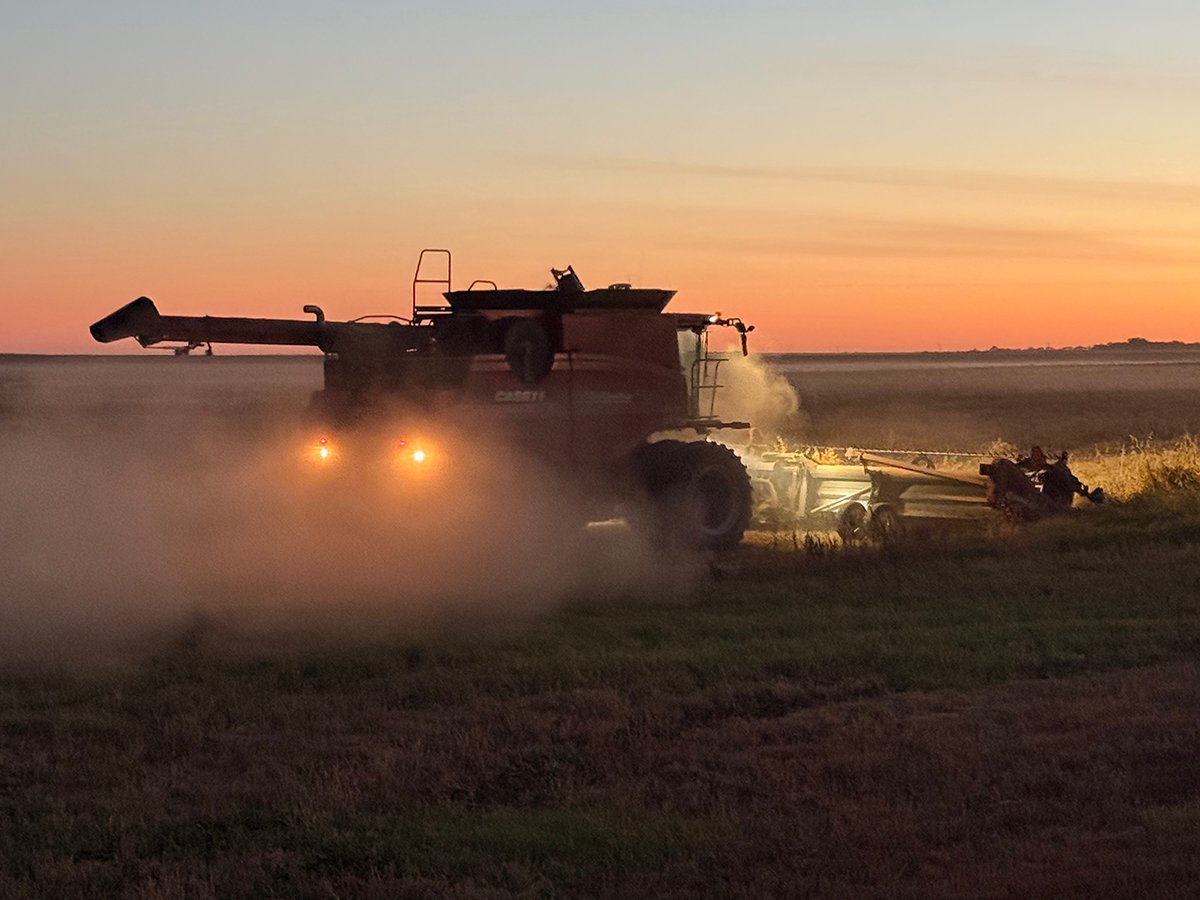The main crop futures have conveniently rebounded from early last week’s selloff.
Some crops have had a couple of good days and show signs of having turned a corner on the charts for what could be another leg higher.
On Friday corn at the Chicago Board of Trade closed up 25 cents to $3.91, soybeans were up 25 cents to $10.20 and wheat was up nine and a half cents to $5.78. For corn that’s a big move up after its hard fall early last week. We’ll see if it lasts.
Read Also

Downturn in grain farm economics threatens to be long term
We might look back at this fall as the turning point in grain farm economics — the point where making money became really difficult.
Up top I said the upwards momentum is convenient, and I don’t mean because it’s to the upside. It’s convenient for the sake of the market outlook from Jeffrey Kennedy of Elliott Wave International, who I blogged about last week. He was anticipating last Monday’s slump (but was a couple of days premature) and has been expecting a rebound from this drop to move back up towards $11 soybeans, $4.50 corn and $7 wheat. If he’s right, that gives the market a good leg up to come and some better prices for anyone who needs to set prices for his crop. He then expects a slump down that will break the December lows.
Kennedy’s expecting the next few years to be ones of big swings in the market, but nothing that will exceed last year’s peaks on the upside. He expects those highs to last for the rest of his career, which could be another 20 to 30 years. That leaves us, he said, with something approaching “normalcy,” which may not seem all that normal. After all, what is normal in commodity markets?
For Kennedy, big swings within a defined range is normal. The kind of flat, gently rising and gently falling markets that crops experienced in the first years of this decade are extremely abnormal, he told me, as well as being boring. What’s normal is for commodity prices to buck around wildly from one year to the next, with little ability to use fundamental supply and demand factors to anticipate direction. So what’s normal is for things to be unpredictable.
However, what tends to be predictable is for crop prices to not exceed price peaks like last year’s, at least not for decades. So once you’ve spotted a peak price – and last spring’s and summer’s would be hard not to notice – you can begin forming your expected price channel and trade within it, using analysis like Kennedy’s Elliott Wave priciple, or any other method.
Generally speaking, charts bear him out. Looking at multi-decade price charts sudden price peaks like that of 1973 tend to be followed by years of volatility, but prices don’t break back over the peak. However, at times prices peak, then slump, then don’t get back up again. That’s happened with wheat (anyone remember what happened after 1996?) and with oats (1988, 1996). Almost never do prices surge higher, then reach a plateau and stay there. When prices go high, they go high only very briefly.
So what farmers should be hoping for is years of wild volatility, rather than dull, boring stable prices, because dull prices tend to be those that occur at the bottom. Kennedy’s take on the 2008 peak and the future is that we’ve entered into an era of big swings which should give farmers opportunities every year to get some decent prices well above the lows. In my next post I’m going to look at an analyst who has the opposite view: he thinks the peak was the end of the volatility, and crop prices will stay low and unexciting for years.

















